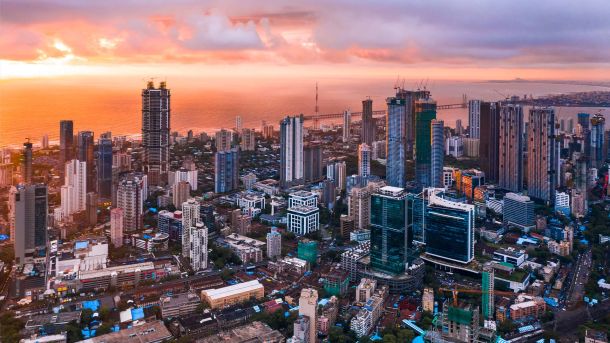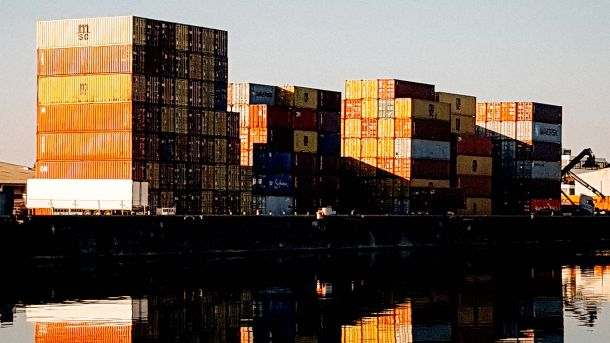While deflation persists in some categories, a significant annual decline was recorded in the petrol sector, with a decrease of 4.7% compared to 5.7% in June. Transport equipment prices rose by 0.5%, following a 0.4% contraction in the previous month.
Production costs for intermediate goods increased by 6.4% in July, following a 5.5% rise in June. This increase slightly exceeds the South African Reserve Bank’s (SARB) inflation target range of 3% to 6%. However, the month-on-month rise was modest at 0.6%. The annual increase continues to be largely driven by base effects from 2024 data.
Key contributors to the annual increase included:
- Basic and fabricated metals, which rose by 12.5%, adding 6.3 percentage points.
In the primary sector, mining costs grew by 7.5% in July, following a 4.8% increase in June. The agriculture sector experienced a 6.5% rise, up from 5.0% in June.
Overall, the trend in producer price inflation for final manufactured goods continues to support favourable inflation expectations in South Africa for the short- to medium-term. Consumer inflation remains low at 3.5%, slightly above the SARB’s “new” target of 3%. Despite the rise in intermediate goods prices—particularly water and electricity—these remain within the Bank’s inflation target range and support the current inflation figures. This stability suggests that consumer inflation will stay low and stable in the near term.
This stability may prompt the Reserve Bank to consider lowering interest rates further later in 2025, as inflation expectations from both consumers and producers remain well-contained for now.





